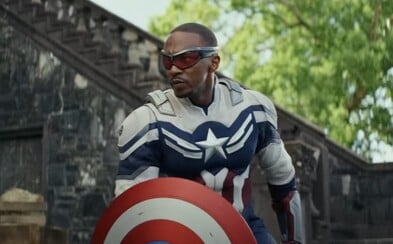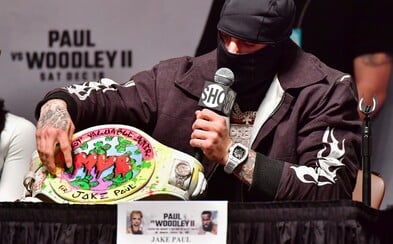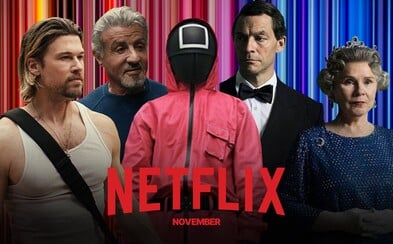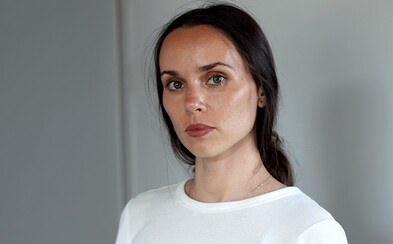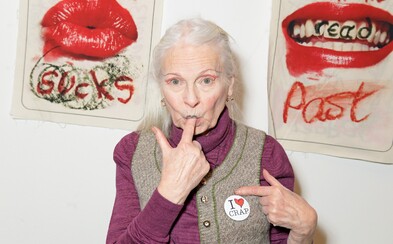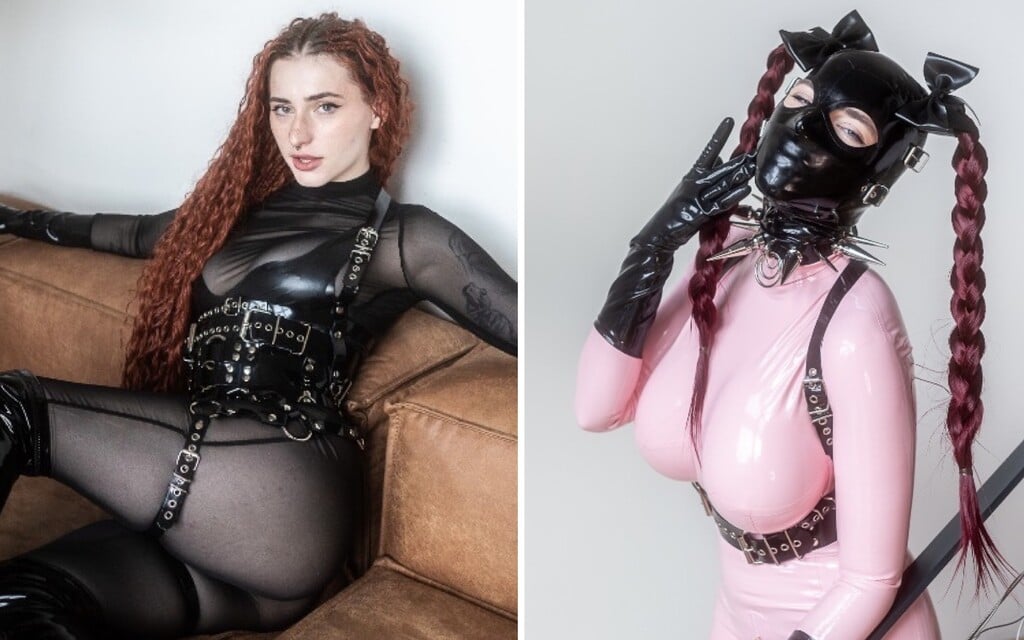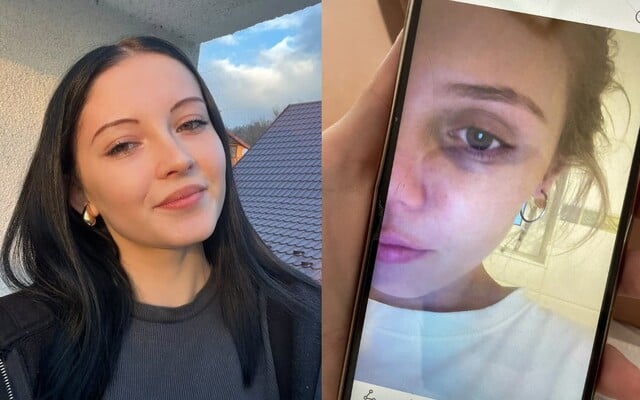 TOP 8 Oscar-winning romantic movies you must watch with your significant other on Valentine's Day
TOP 8 Oscar-winning romantic movies you must watch with your significant other on Valentine's Day
TOP 8 Oscar-winning romantic movies you must watch with your significant other on Valentine's Day
TOP 8 Oscar-winning romantic movies you must watch with your significant other on Valentine's Day
Harassment, Drastic Diets And Discrimination. Victoria's Secret Documentary Reveals The Darkness Behind The Fashion Giant
We watched the new three-part documentary about the Victoria's Secret brand. It exposes the dark scandals of the glittering world of modeling.
If problems persis, please contact administrator.
There is perhaps no woman who would not succumb to the Victoria's Secret brand, its luxurious underwear models, bold swimwear or satin bathrobes. While the brand was once ruled by angels with perfect figures, the Victoria's Secret of today is supporting women "at every stage of their lives".
Campaign casts women with curves, celebrity "non-models" such as Hailey Bieber or Camila Cabello, but also the first model with Down syndrome. Director Matt Tyrnauer's new three-part miniseries Victoria's Secret: Angels and Demons, featuring interviews from models and former employees, reveals what's behind this glaring change. According to the documentary, what happened behind the scenes had little to do with the glitter on stage.
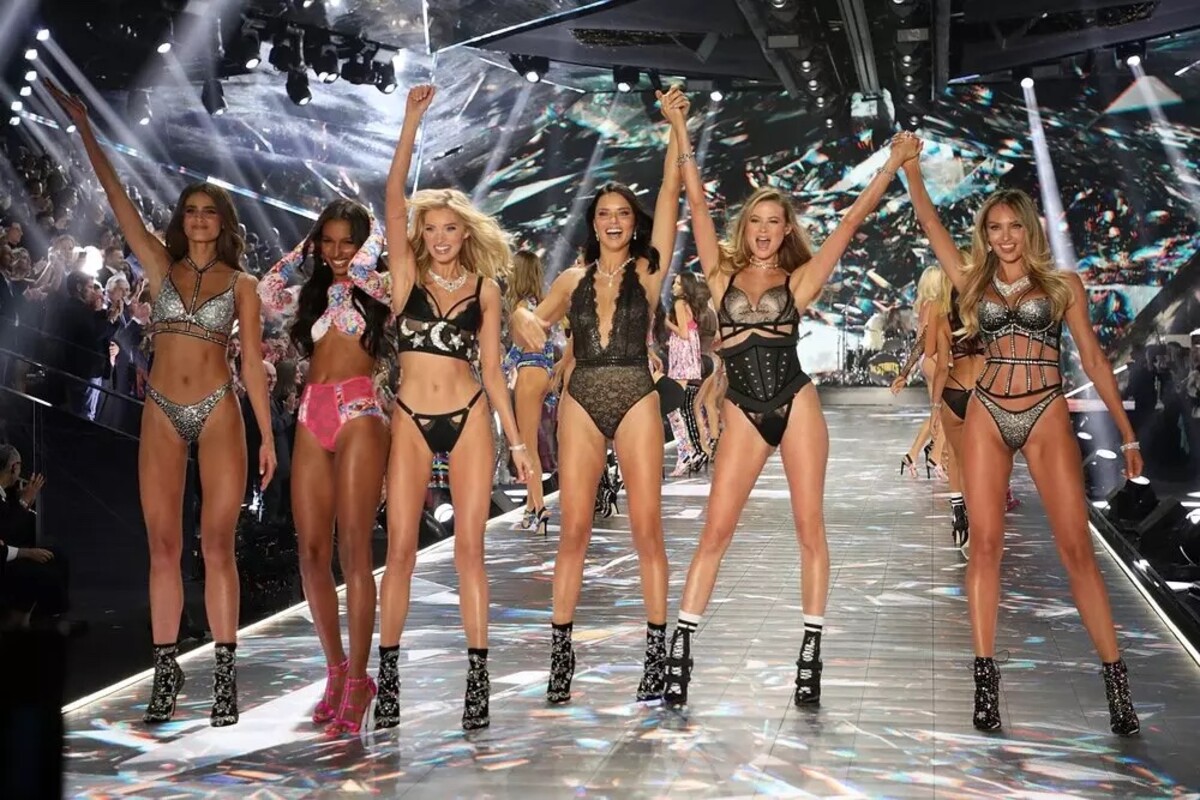
Every winter, we looked forward to the most anticipated fashion show. Spectacular production, some of the most famous names in the modeling and music scene, sexy costumes, spotlights and scenery reminiscent of a performance at the Moulin Rouge. We saw the last show in 2019, and after this, several scandals gradually surfaced.
There was talk about the association of the brand's representatives with Epstein, the about unhealthy ideology that shaped the company, or about the marketing, which, according to some, bordered with porn. While Tyra Banks honestly admits the extreme demands of Victoria's Secret, Heide Klum claims that she experienced the best times as an angel. After watching the documentary, several things brought us chills.
1. The first owner of Victoria's Secret committed a suicide
The Victoria's Secret brand was founded in 1977 by American businessman Roy Raymond. He wanted to buy a present for his wife in an underwear store but felt uncomfortable doing so, and so he decided to create a place with women's underwear, which was focused on quality customer service for men as well. Victoria's Secret was inspired by the Victorian era in England (named after Queen Victoria) to set the spirit and concept as an exclusive brand.
By 1982, the company was making more than four million dollars in annual sales, but despite this, according to financial reports, it was still close to bankruptcy. It was at this moment that Raymond decided to sell the brand to billionaire and businessman Les Wexner and subsequently committed suicide by jumping off the Golden Gate Bridge.
2. You can't eat your underwear, but according to Wexner, it is as important as bread
Wexner, who founded L Brands (formerly Limited Brands), was already well-known in the world of retail and the fashion industry. Among other brands, he also owned the well-known Abercrombie & Fitch. However, he had wanted Victoria's Secret for a long time, expecting to find a gold mine in the women's underwear business. He called Raymond several times, asking for his cooperation.
3. Victoria's secret is a lie
In the documentary, former company employee Sara Zofko refers to Wexner as a genius and compares him to Zuckerberg. He himself was inspired by Ralph Lauren, who built his brand on something bigger than just a business strategy. He built her on the story, and Wexner knew he had to do the same.
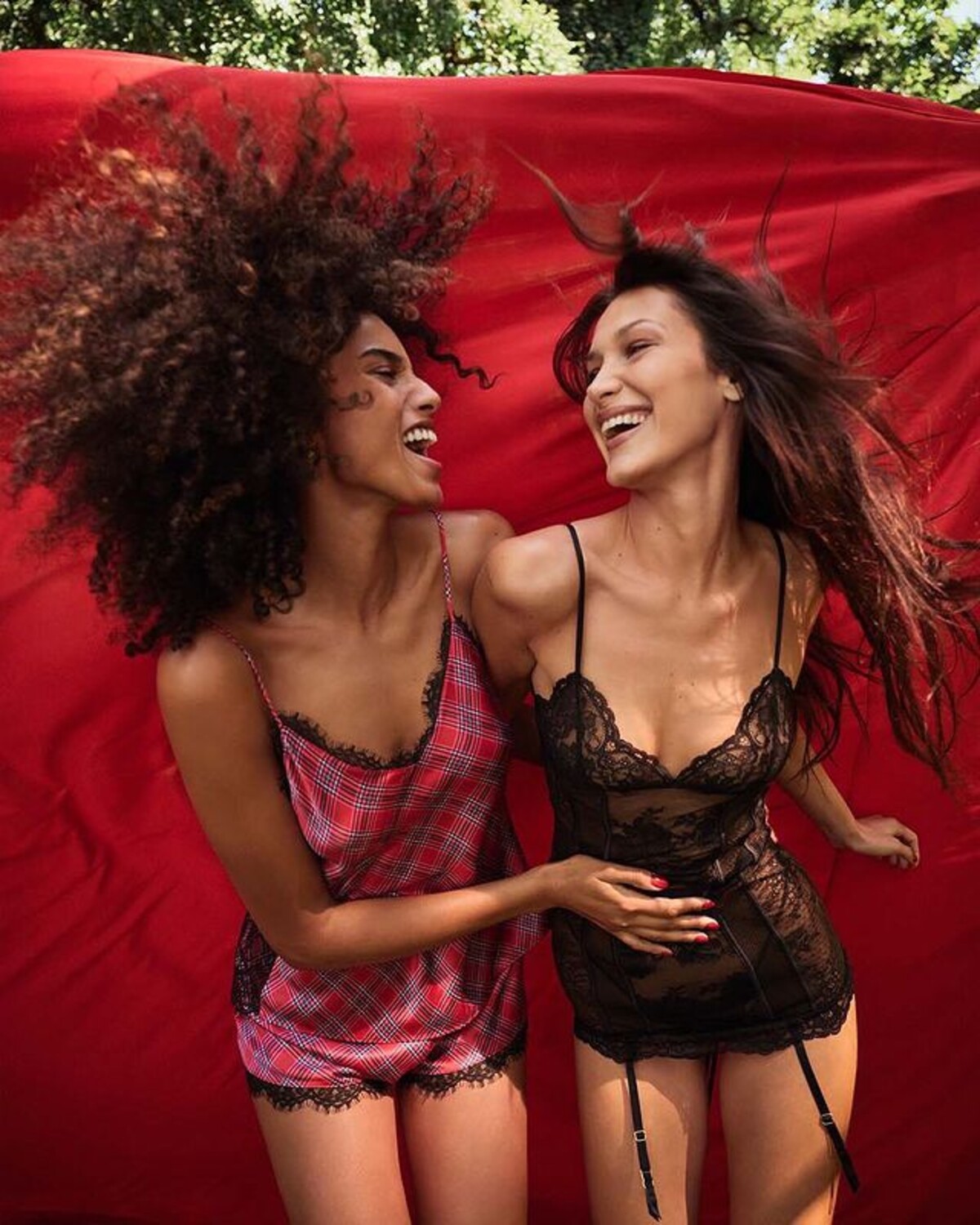
So he invented a story about the fictitious founder of the brand, Victoria, who came from England, was ambitious, young and, of course, beautiful. Victoria, as she did not exist, was never officially presented, and the special mystery brought a considerable amount of appeal to the brand. Very few people knew who was really behind her success. Wexner turned her into a brand aimed more at women than men, elevated it as a unique phenomenon, and presented underwear as a vital necessity, something like "bread and milk."
Lex Wexner chose the models, the design of the stores and their displays, what and where will be sold and how the catalog will look, which was the biggest marketing tool of the brand. He knew that women who shopped three times a week always wanted to see something different, so he made sure the product placement was constantly changing.
4. A perfect body and a "sick" ideal of beauty
A fashion show has been added to the successful catalog, led by Chief Marketing Officer Ed Razek since 1995. It became a huge hit. It was not customary for models to pose in underwear. The casting of models was racially and ethnically diverse, but they all had one thing in common: a perfect body and long legs. This is how the prototype of female beauty began to be formed.
By the early 1990s, Victoria's Secret had become the largest lingerie retailer in the US, with 350 stores nationally and sales exceeding $1 billion. Wexner's brand caused a stir, and this was the case was until 2019.
5. Marketing director stepped down because of a transgender model
In 2019, the long-awaited Victoria's Secret show was canceled. The executive director of the brand, Monica Mitro, justified it at the time as "a change in the philosophy of the brand." The information that the head of marketing, Ed Razek, who was behind the entire creative, was to leave the company, was also a surprise. It was reported in the media that his reason for leaving was the acceptance of the first transgender model, Valentina Sampai, with which he strongly disagreed.
As The Guardian writes, Razek was a supporter of the fantasy of perfect beauty that the brand has presented since its conception. He was convinced that transgender models had no place in it. He also made a similar comment about plus size models when he said that viewers are simply not interested in looking at them. He later apologised for the comment, but he was serious about his departure.
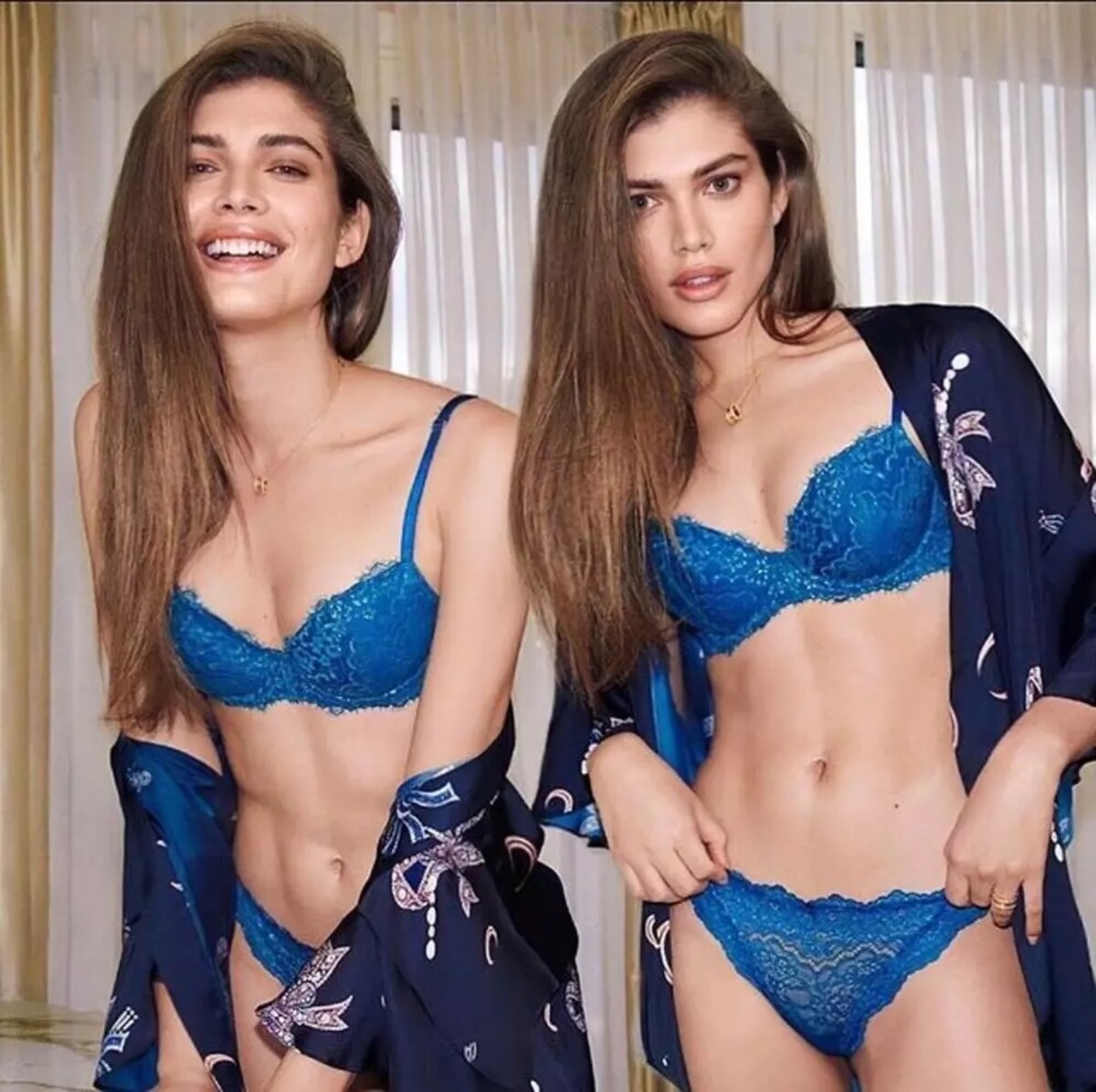
6. Lolita Express and a sexual predator on the scene
Les Wexner was associated with financier Jeffrey Epstein, who worked for him as a financial advisor for a long time. It was Epstein who was to be convicted of sexual abuse and pedophilia in 2019. According to the documentary, he posed as a Victoria's Secret recruiter several times during his career, which gave him access to young models. Wexner, who was alerted by acquaintances, including former CEO Cynthia Feudus Fields, feigned ignorance and never took action. According to her, the Wexner/Epstein couple had a special "relationship" and they needed each other. Epstein had the connections, Wexner the money.
Epstein was said to have control over twenty of Wexner's businesses, accounts, and therefore considerable wealth, and with it, he gained access to Wexner's luxury private jets. One of them became the infamous "Lolita express", which he allegedly used to bring underage girls to his residences.
7. I felt like a prostitute, former model Alicia Arden says in the documentary
In May 1997, Alicia Arden, a former playboy model and Baywatch actress, met Epstein at the Shutters Hotel in California for her casting for Victoria's Secret. The business meeting took place in Epstein's private hotel room, where Arden claims he sexually harassed her.
"I called my friend and cried. I didn't think I would have to be in my underwear in front of him. He even gave me a hundred dollars and touched my ass. I felt like a prostitute," Arden says in the documentary, adding that what happened in the hotel room had nothing to do with the casting. It is said that it occurred to her that she was certainly not the only one who experiences such behavior from Epstein.
8. Victoria's Secret vs porn
The documentary says that many of the models spoke of similar experiences of harassment, but not in connection with Epstein. The company should have turned a blind eye to this and hoped that whenever they sent the model, she would be just fine. After all, they needed the brand to prosper.
In addition, the models were constantly touched, even during the show. There were photographers in front of whom they changed, costume designers, make-up artists and all the people behind the scenes. In general, brand marketing was built around sex. It was everywhere. In advertisements, catalogs, on the catwalk. "There was a very fine line between porn," says Michael Gross.
9. Today, Instagram has a negative influence on young girls, but it used to be the job of Victoria's Secret
At the beginning of the 21st century, Victoria's Secret acted as a prototype of unattainable looks and a healthy body. "Today, people cry about the negative influence of Instagram on young girls. At the time, Victoria's Secret was an analog version of the same thing," said Michael Gross, author of Model: The Ugly Business of Beautiful Women.
"Victoria's Secret didn't encourage women to feel sexier. As a result of her one-sided thinking, she was doing the exact opposite," says former model Lindsey Scott in the documentary. However, according to her, it wasn't just Victoria's Secret. It was the whole fashion industry. But Victoria's Secret has taken it to a level that no other brand has reached.
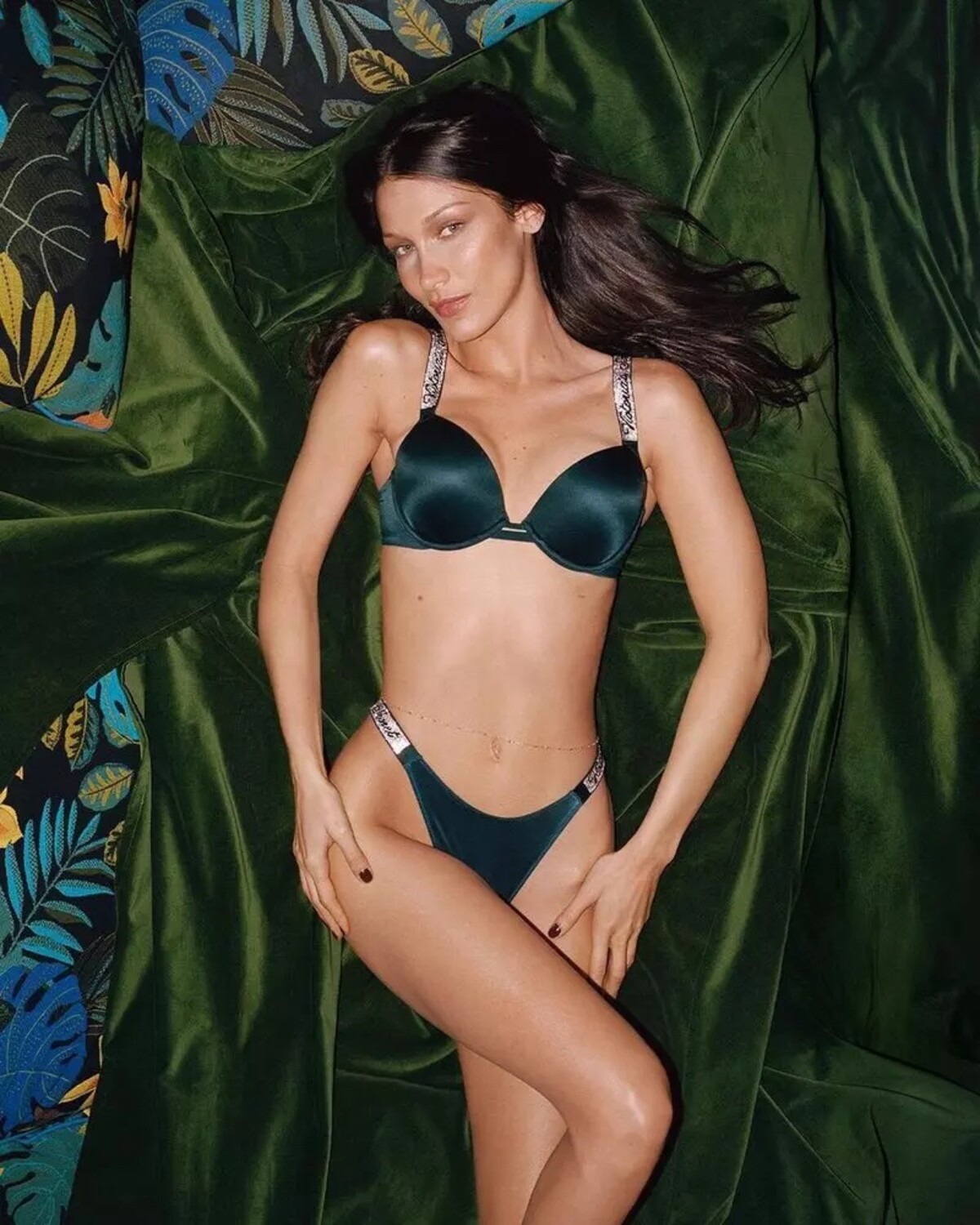
10. Tyra Banks was told she had to lose weight
The models, who, especially before the show, kept extremely strict diets and trained in so-called bootcamps, were often modified in photoshop and underwent enhancing procedures. Dorothea Barth Jörgensen, a former Victoria's Secret model, said she didn't eat much during the ten years she modeled for the brand. Tyra Banks, on the other hand, admitted in an old interview (which is shown in the documentary) that she had to lose 10 kg. She did not meet the weight criteria and, according to the brand's standards, she was "too curvy".
11. Heidi Klum defends Victoria, she refused to be in the documentary
"They asked me if I wanted to be part of the documentary," Heidi told Variety. "And I said that if you're looking for a negative story, you're barking up the wrong tree, because I had the best time while there." Klum admitted that she didn't even know most of the people who appeared in the documentary and decided not to watch it. She was said to be waiting for more confirmed information, which did not come from any side. "It's overwhelming for me to hear all these stories that come out, accusing different people of different things, and I'm like, 'God, did this really happen?' I don't know," says the German model.
If problems persis, please contact administrator.

